Nissan brings back the Micra as a BEV
The Micra has historically been a successful model for Nissan. The Japanese company has sold more than six million Micras worldwide since the first generation of the small car was launched in 1983, across five model generations. However, there has been a gap in the Nissan portfolio in the B-segment since 2022, when production of the Micra model known internally as the K14 was discontinued without replacement.
From the end of the year, the sixth Micra generation should close this gap again. However, the Japanese company has not opted for a conventional small car, but for a purely electric one: While the fifth generation was still based on the Clio from alliance partner Renault, the new Micra is based on the Renault 5 E-Tech Electric. Its AmpR Small platform is only designed for electric drives.
As the two models share the same platform and are also built together at the Ampere plant in Douai, the technical specifications of the drive system in the new Micra come as no surprise. However, Nissan Europe has made a conscious decision to keep the entire range structure of the new Micra as simple and clear as possible. This is why there are only two drive variants for the Micra: The base model gets the 40 kWh battery in combination with the 90 kW electric motor for a (provisional) 310 kilometres WLTP range, the top model uses the 52 kWh battery and the 110 kW motor, which should result in 408 kilometres according to WLTP. Renault also offers a small battery with a 70 kW drive, and there is also a sporty top model from Alpine.
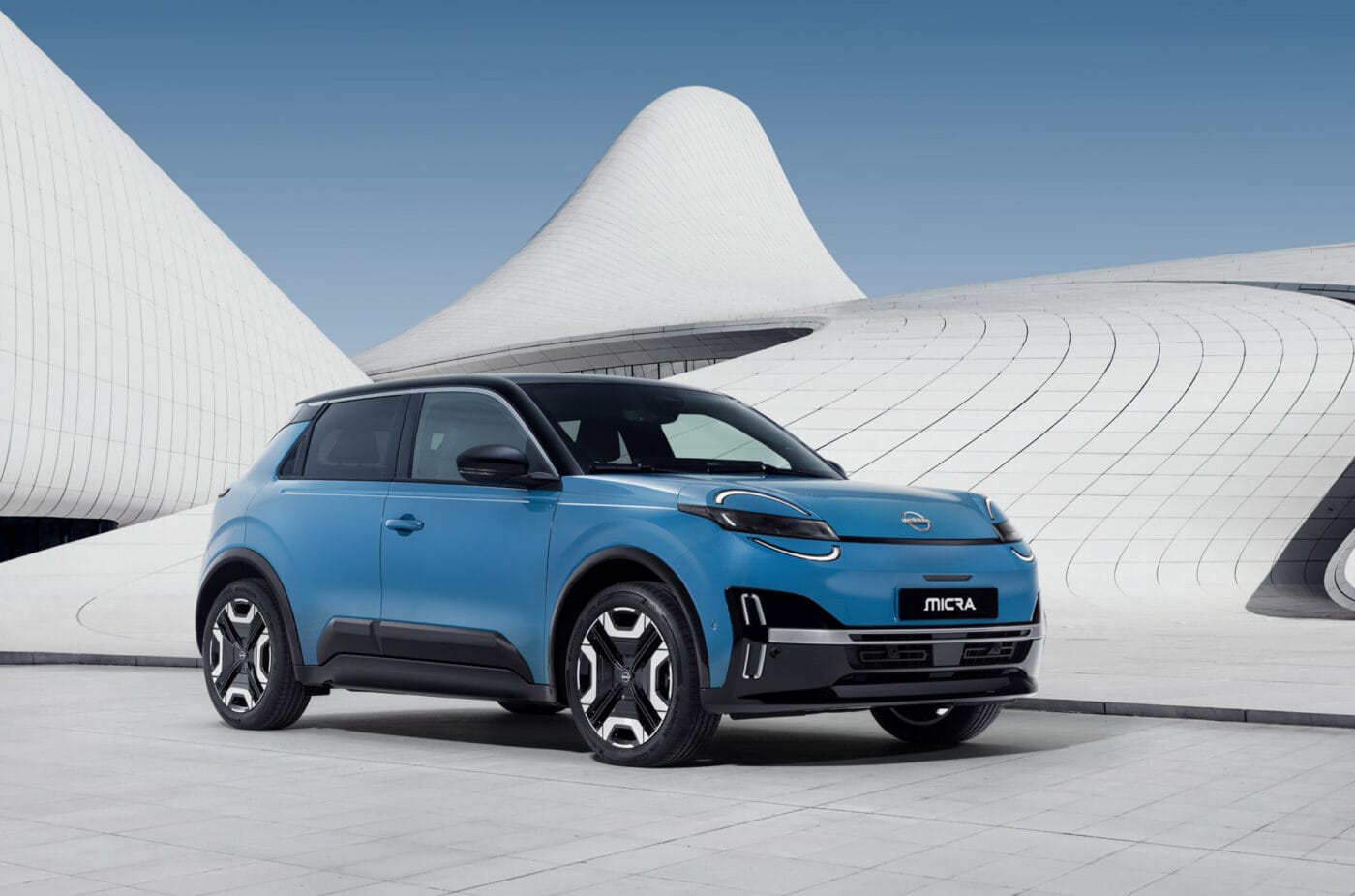
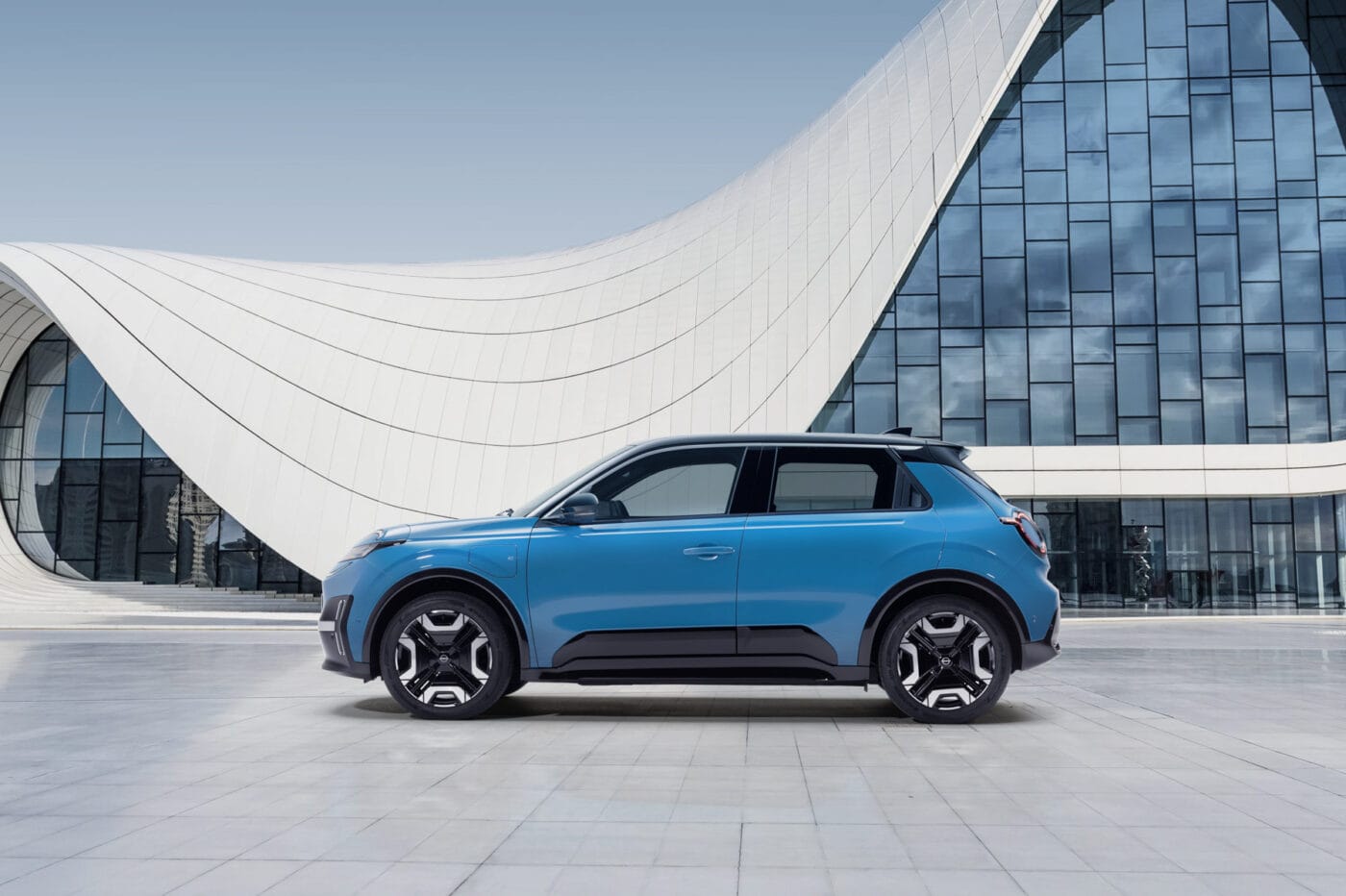
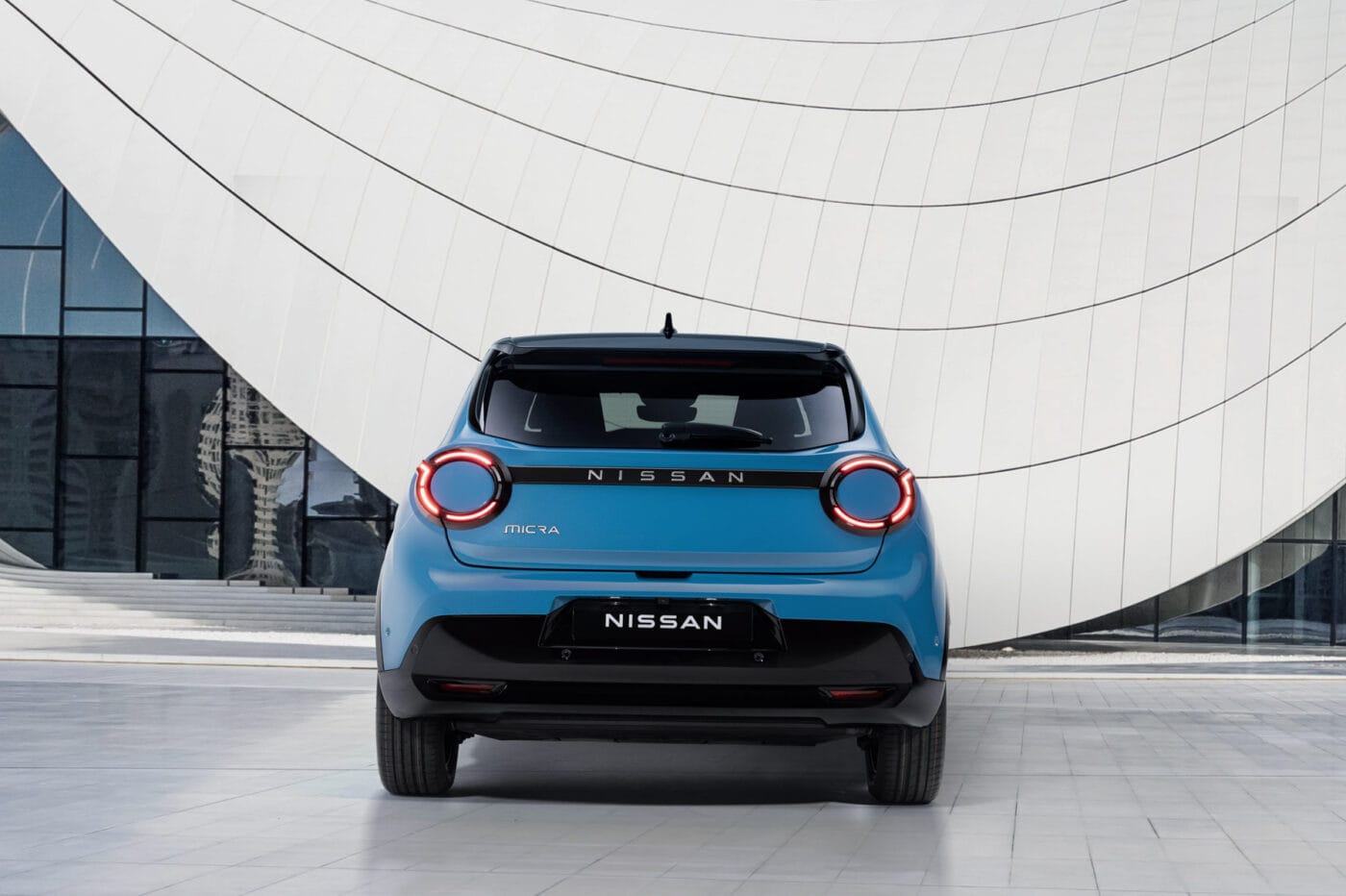
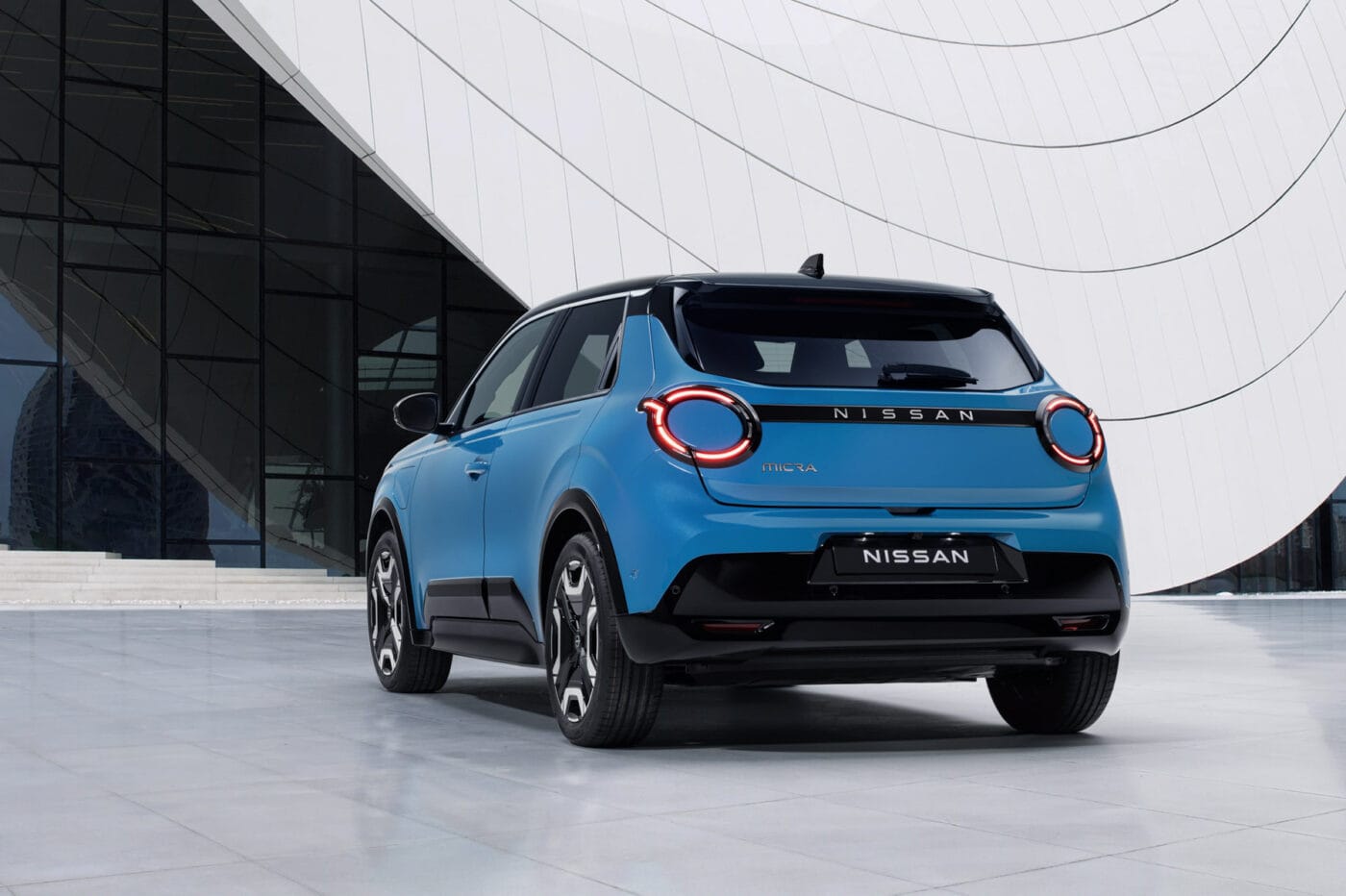
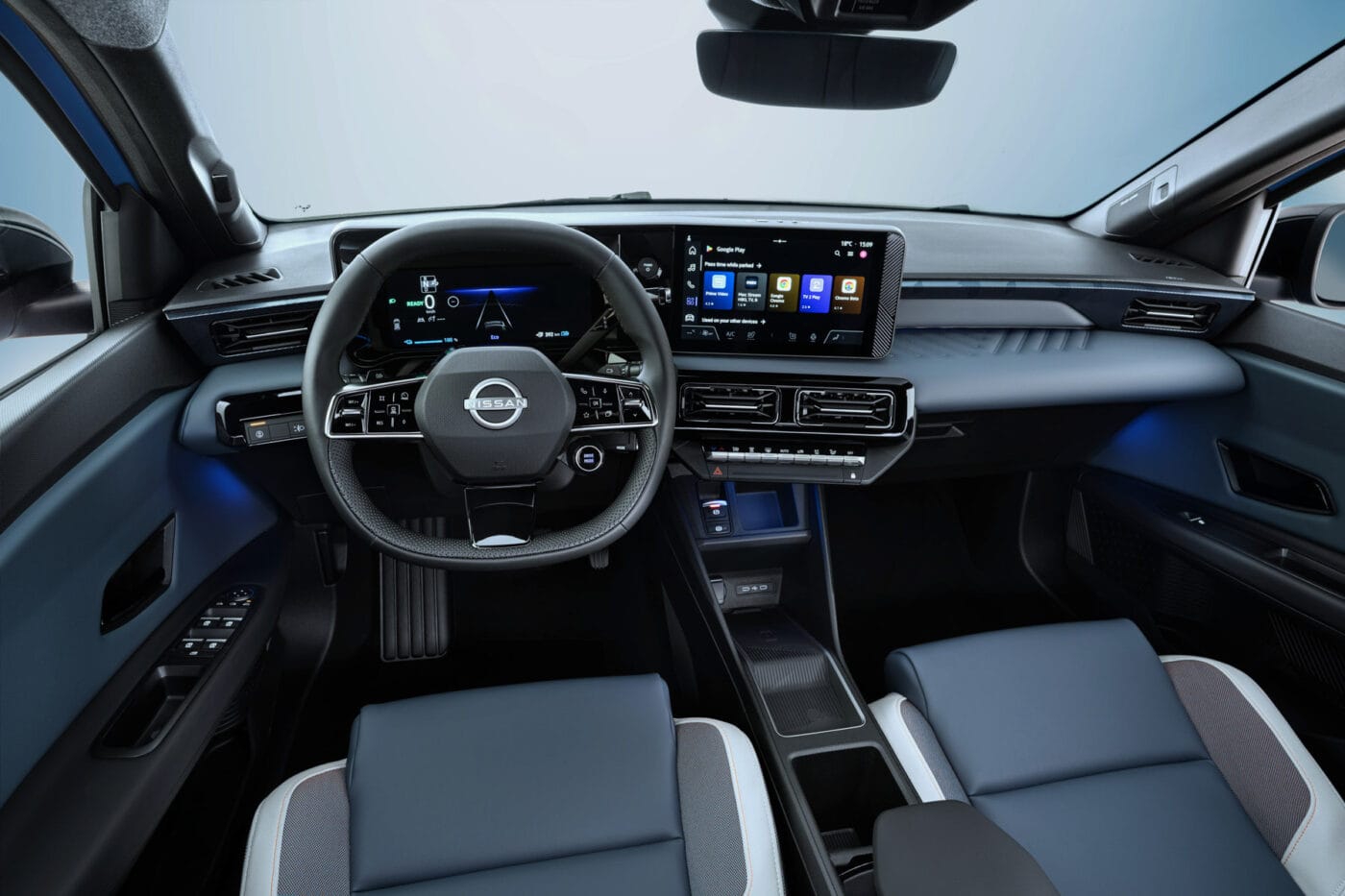
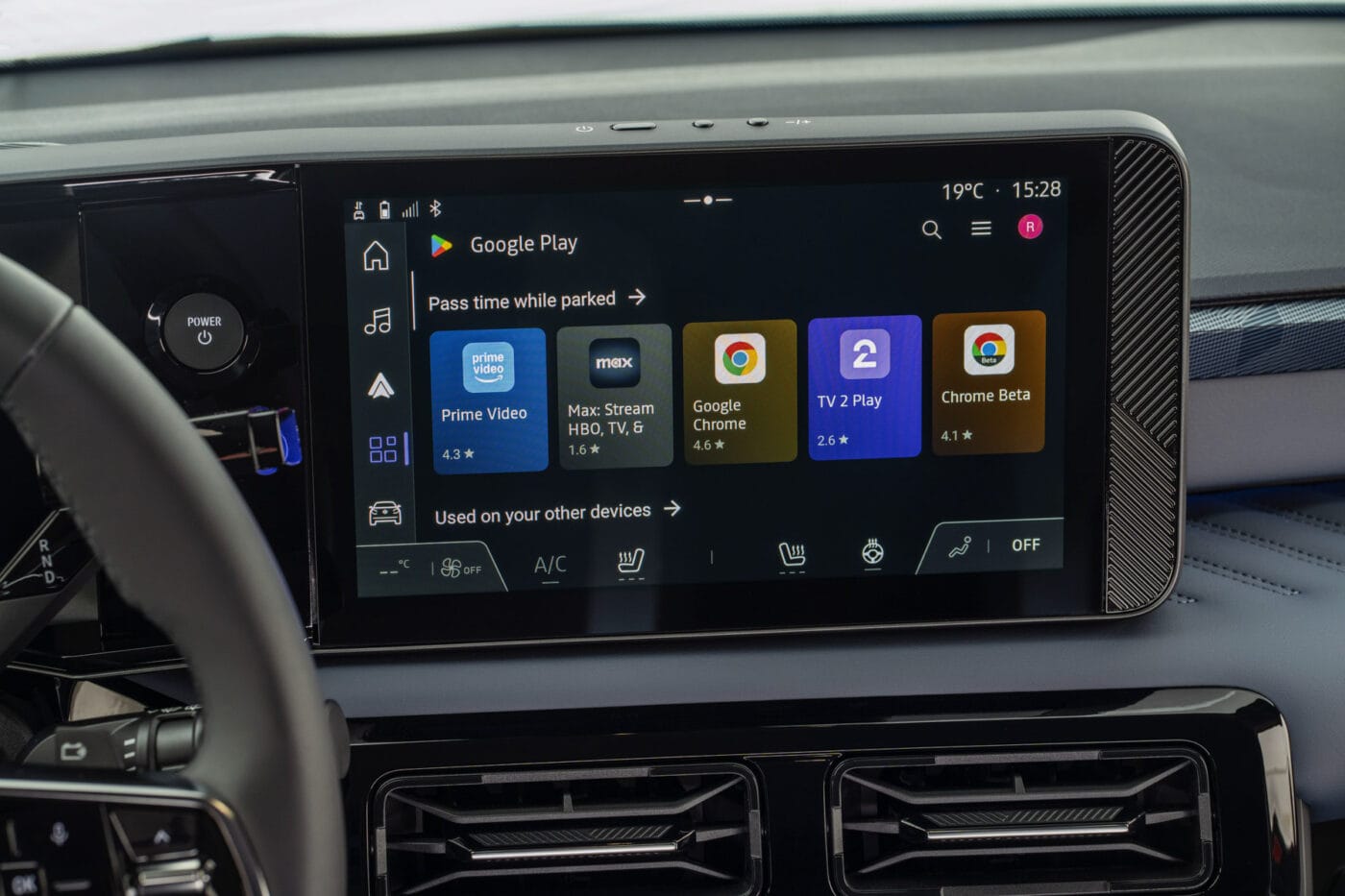
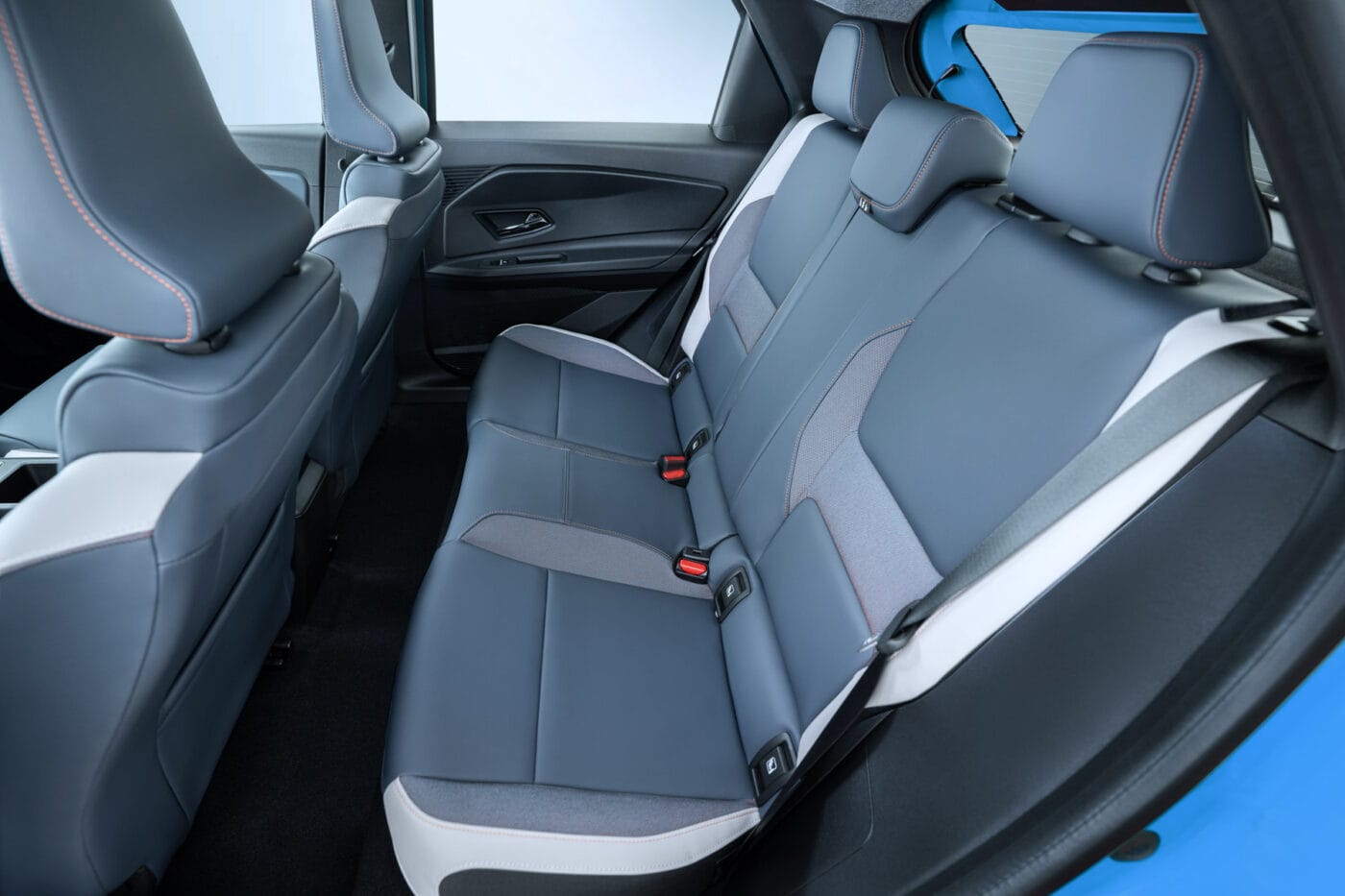
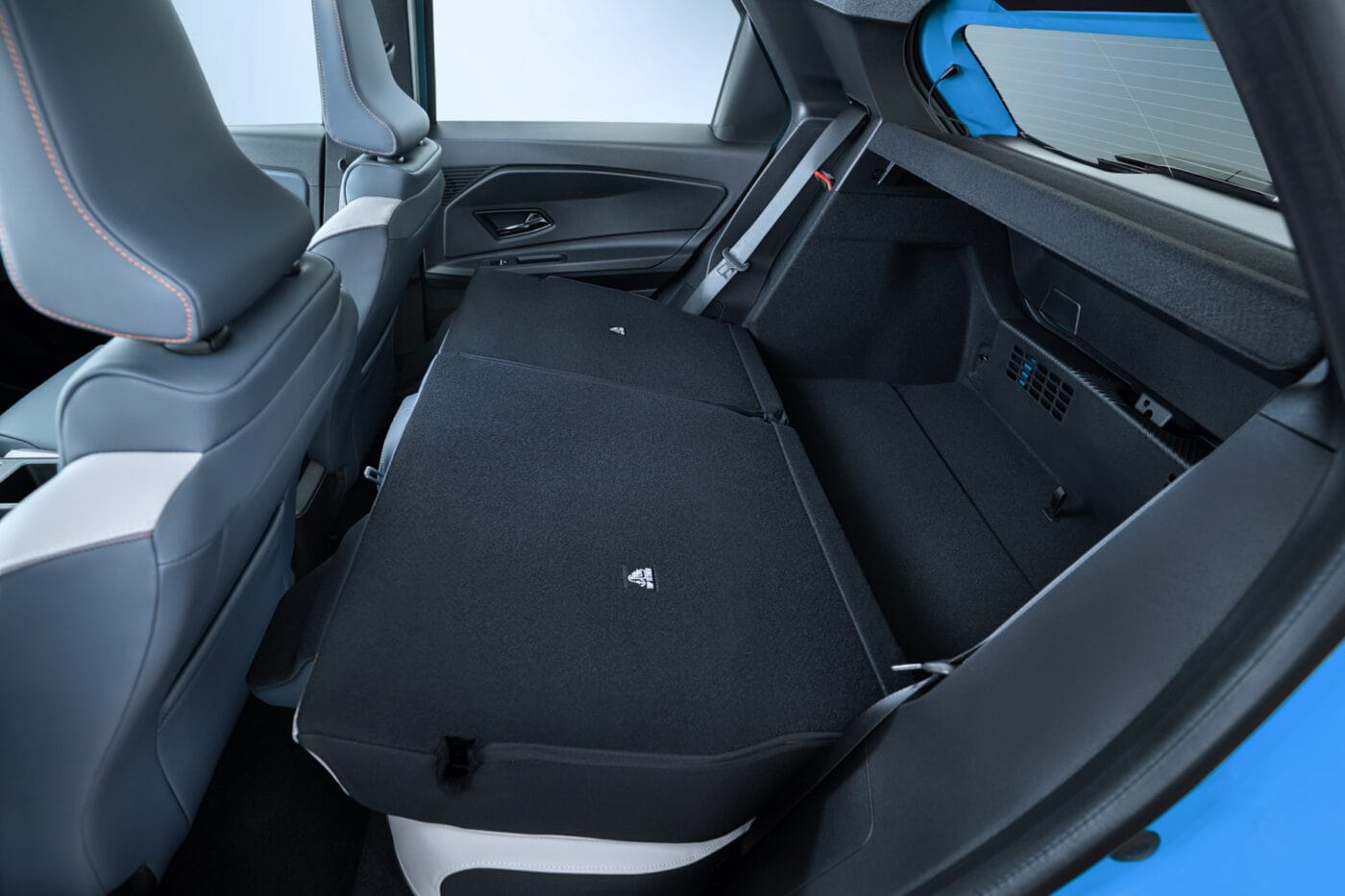
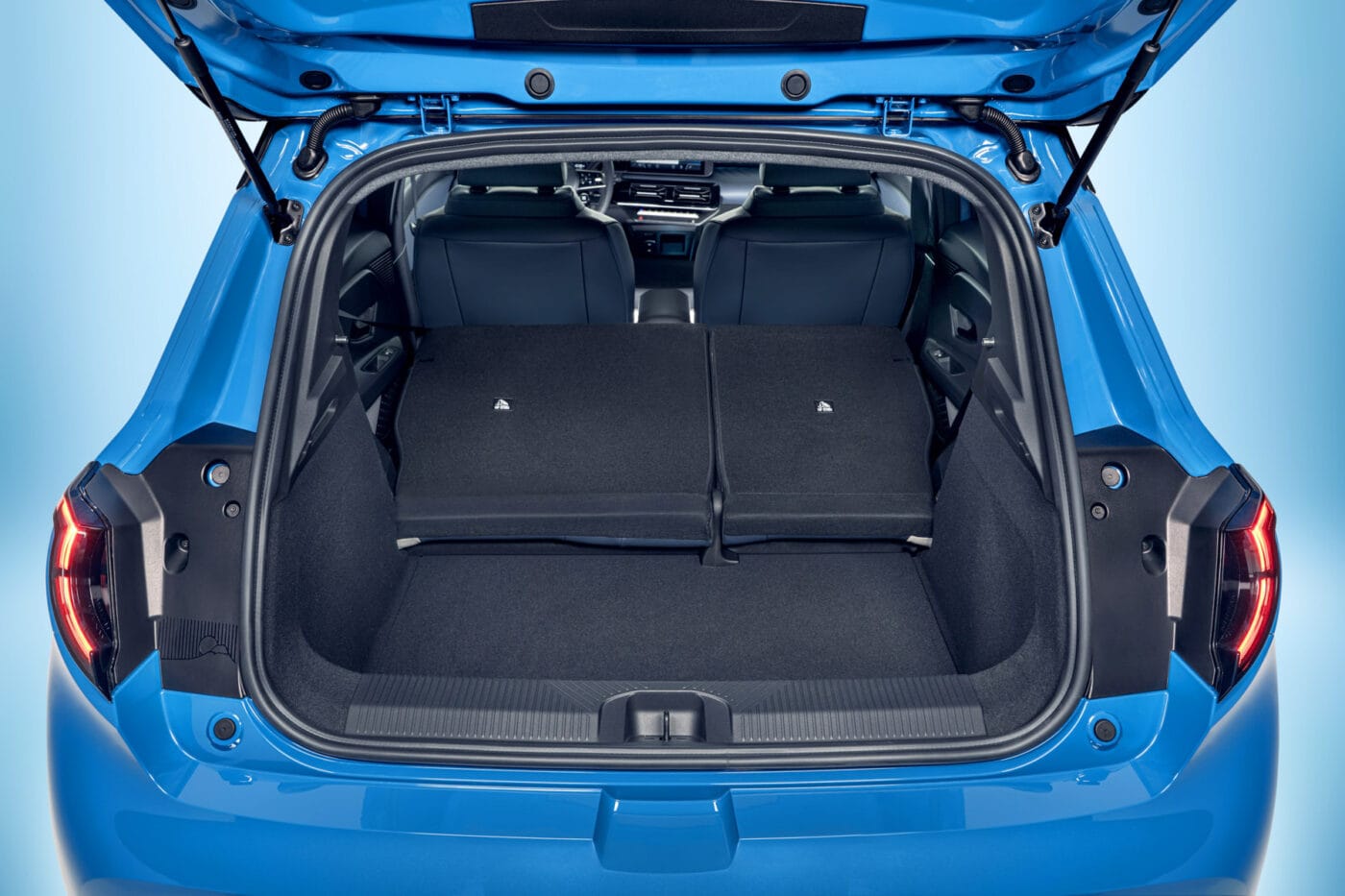
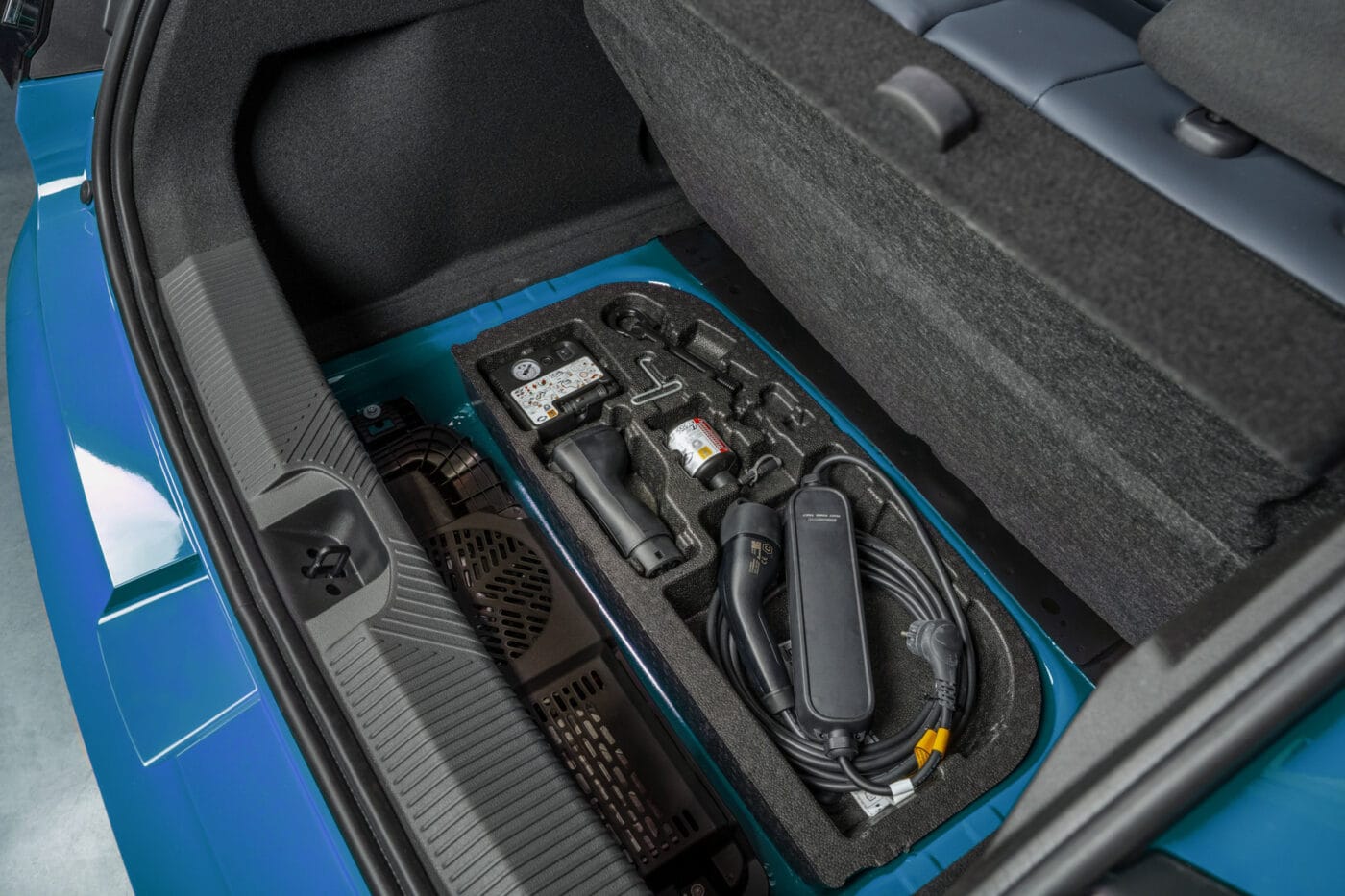
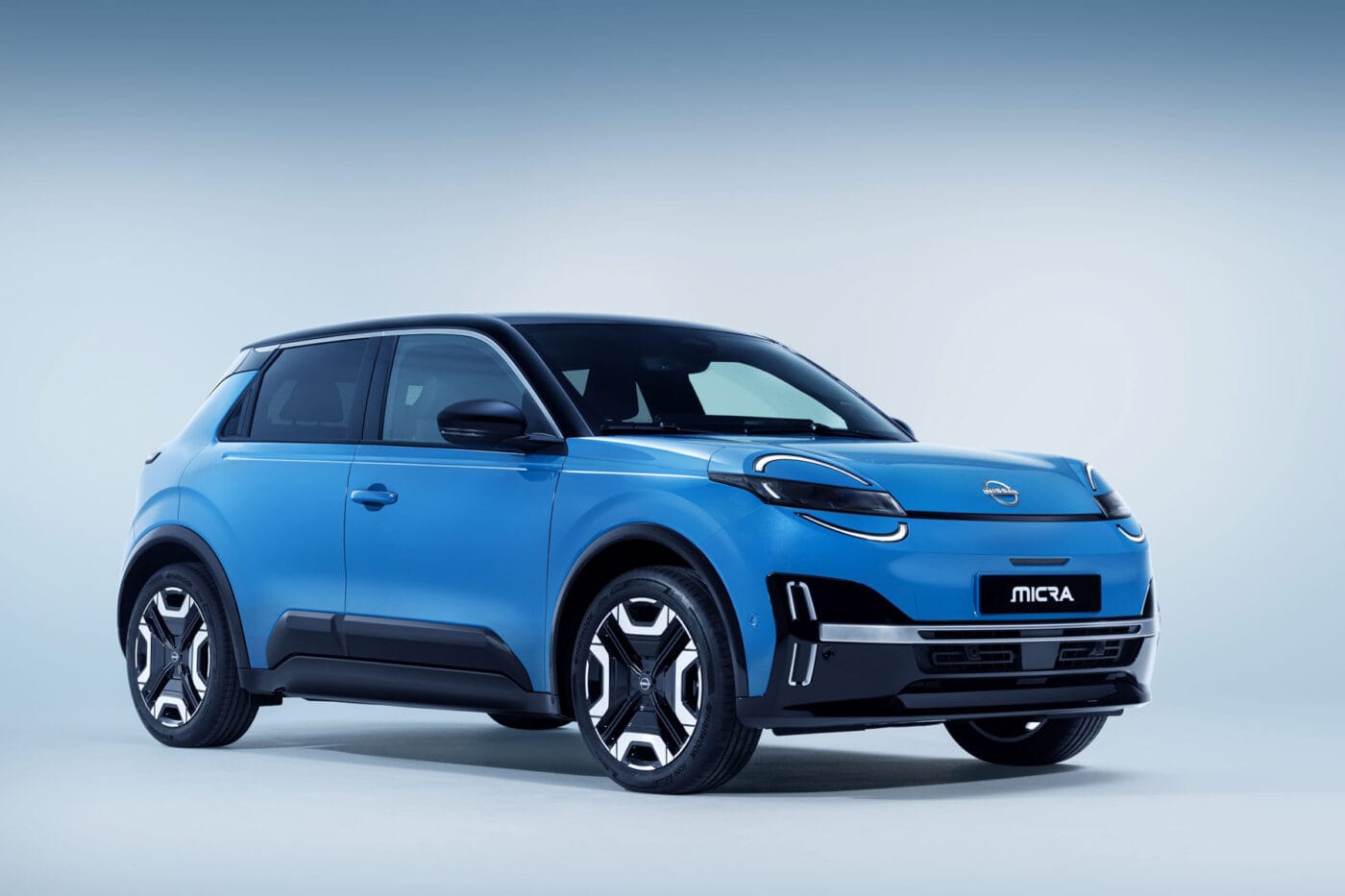
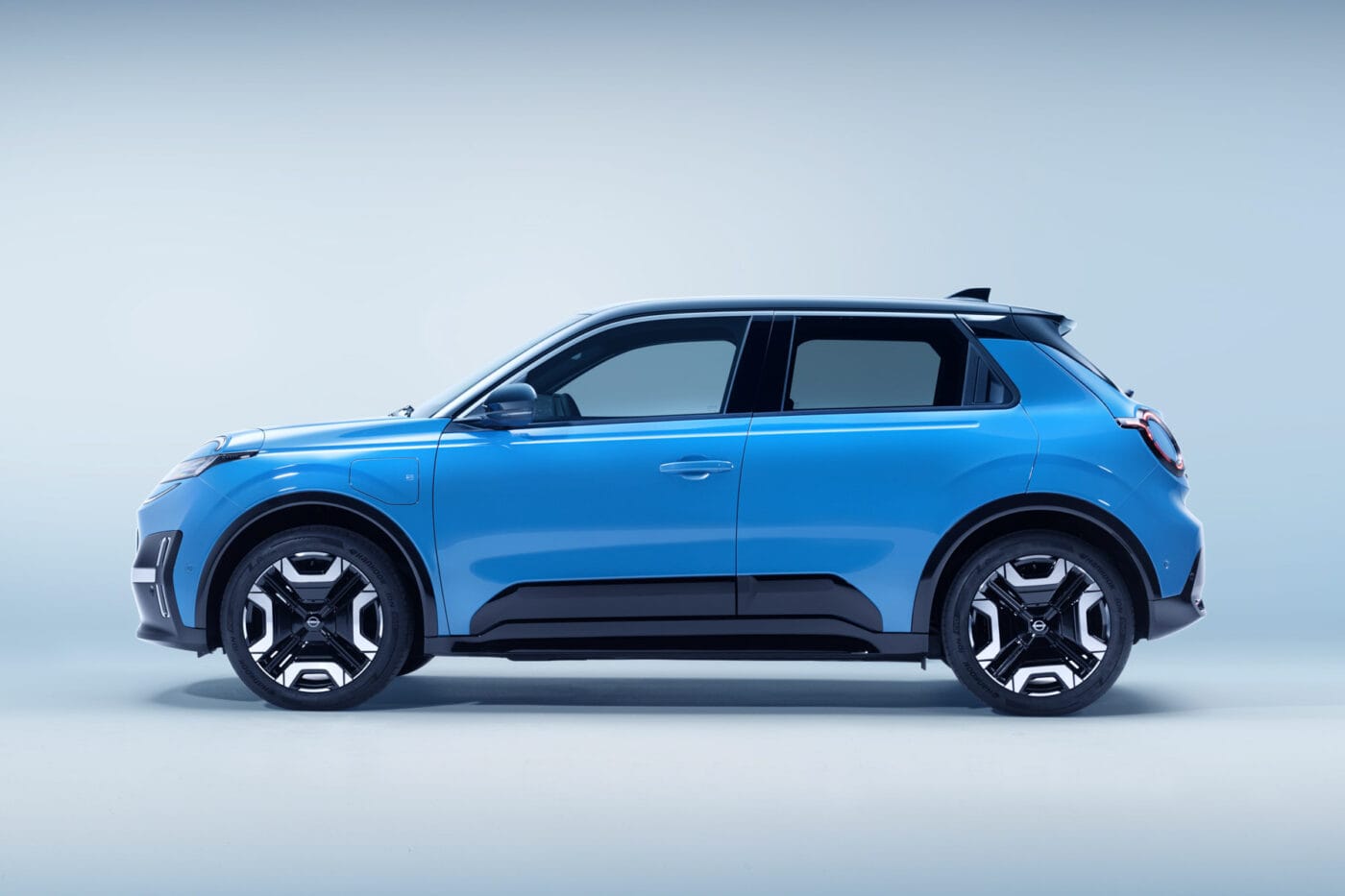
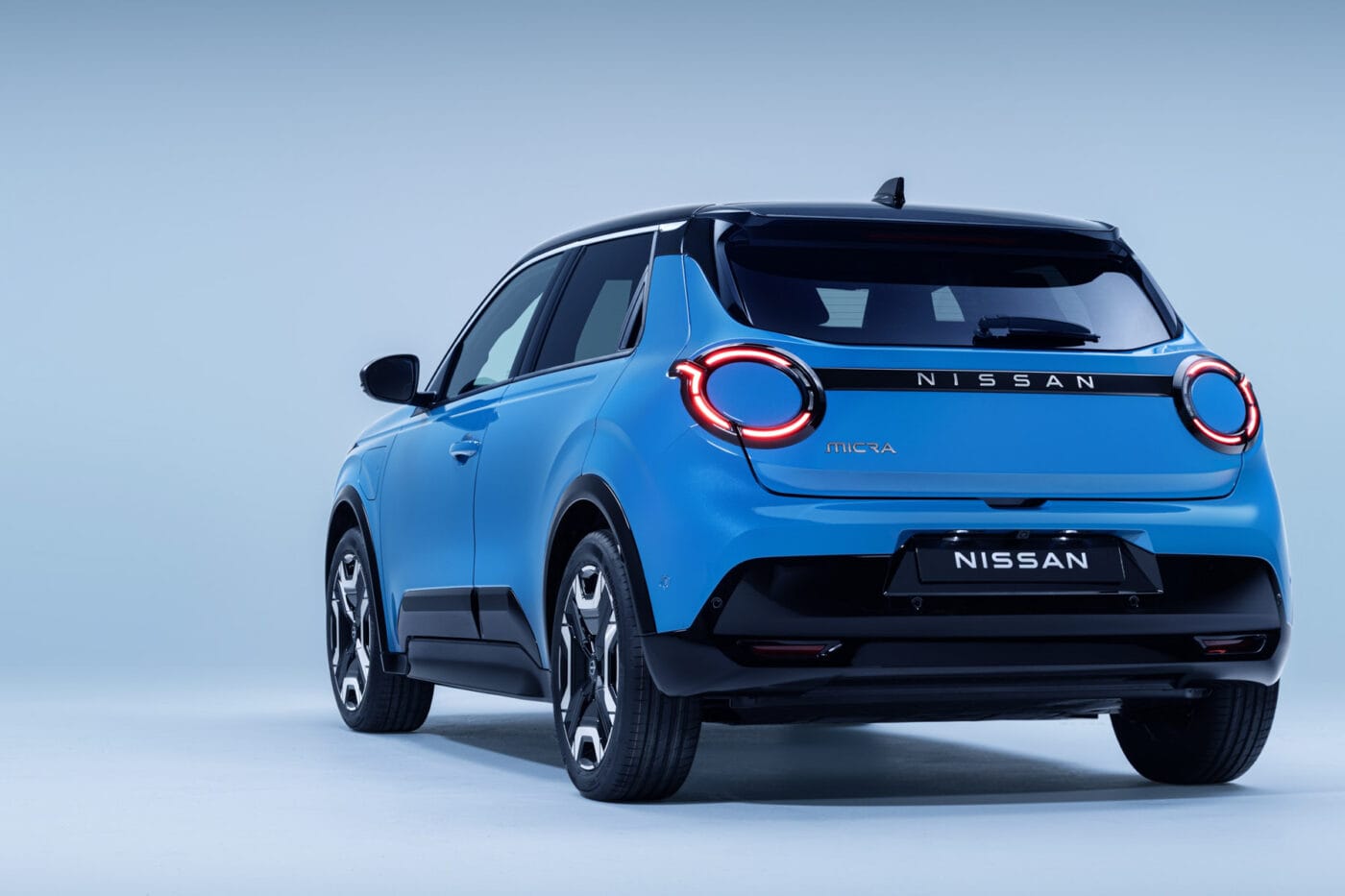
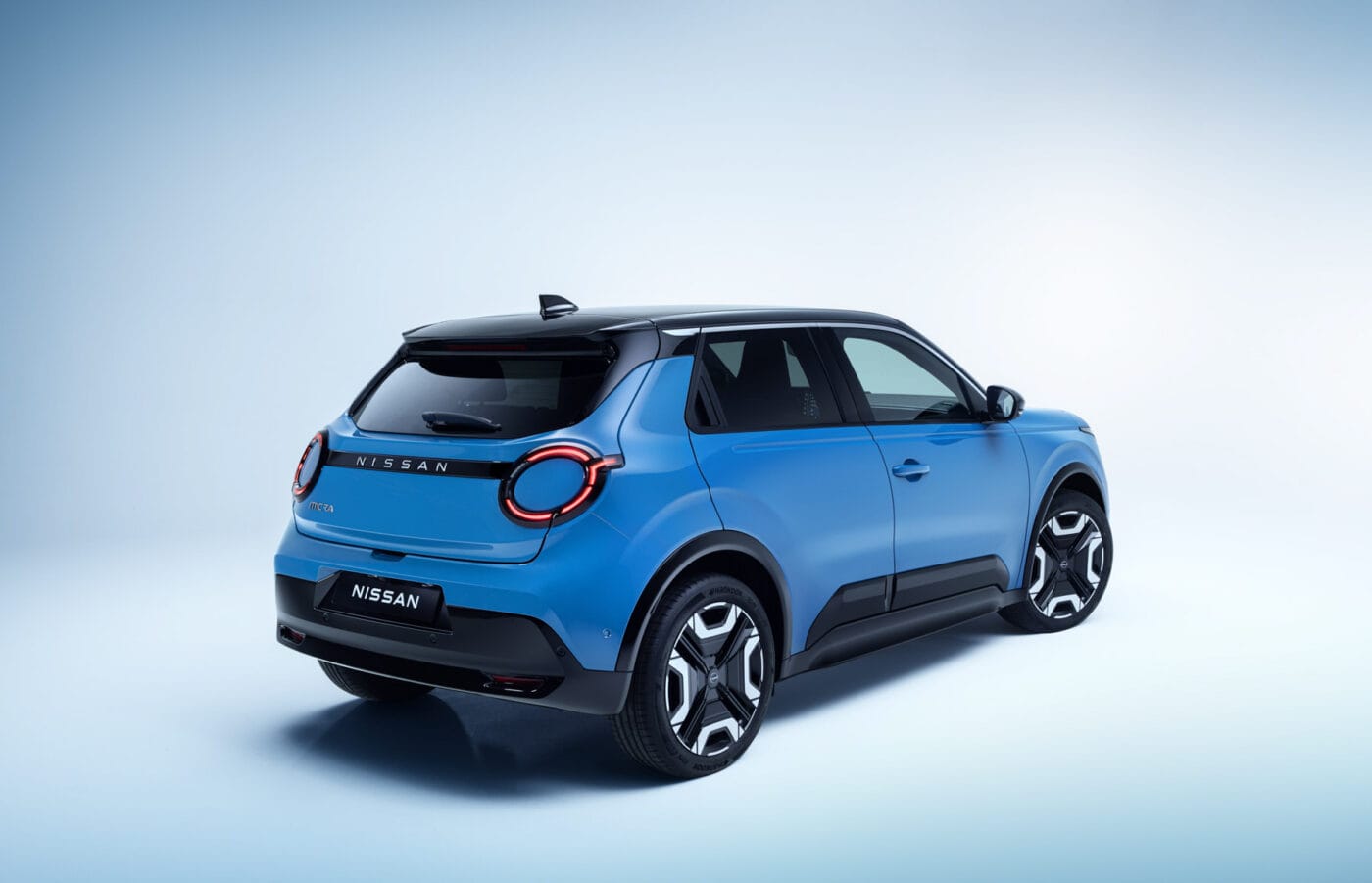
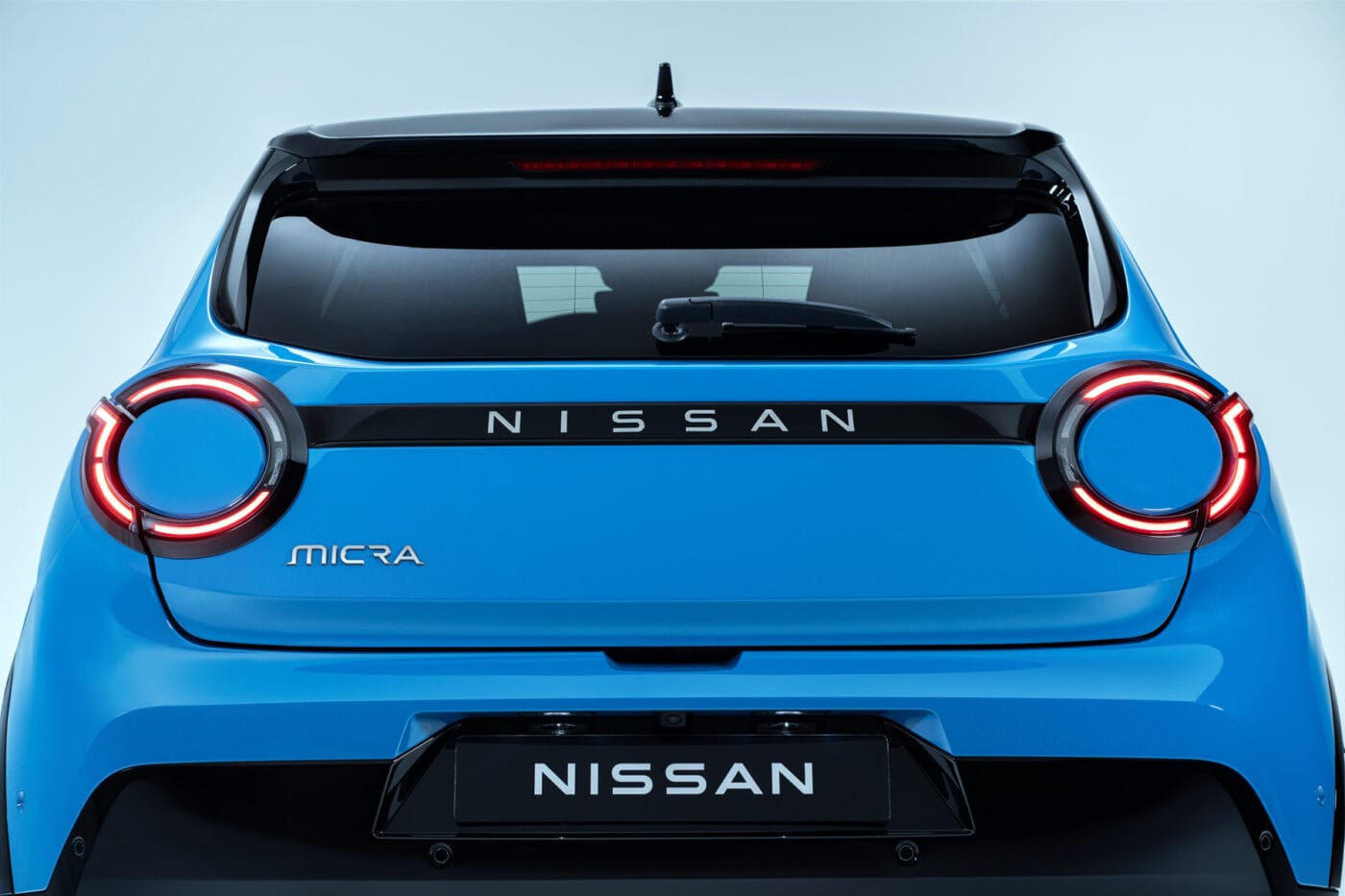
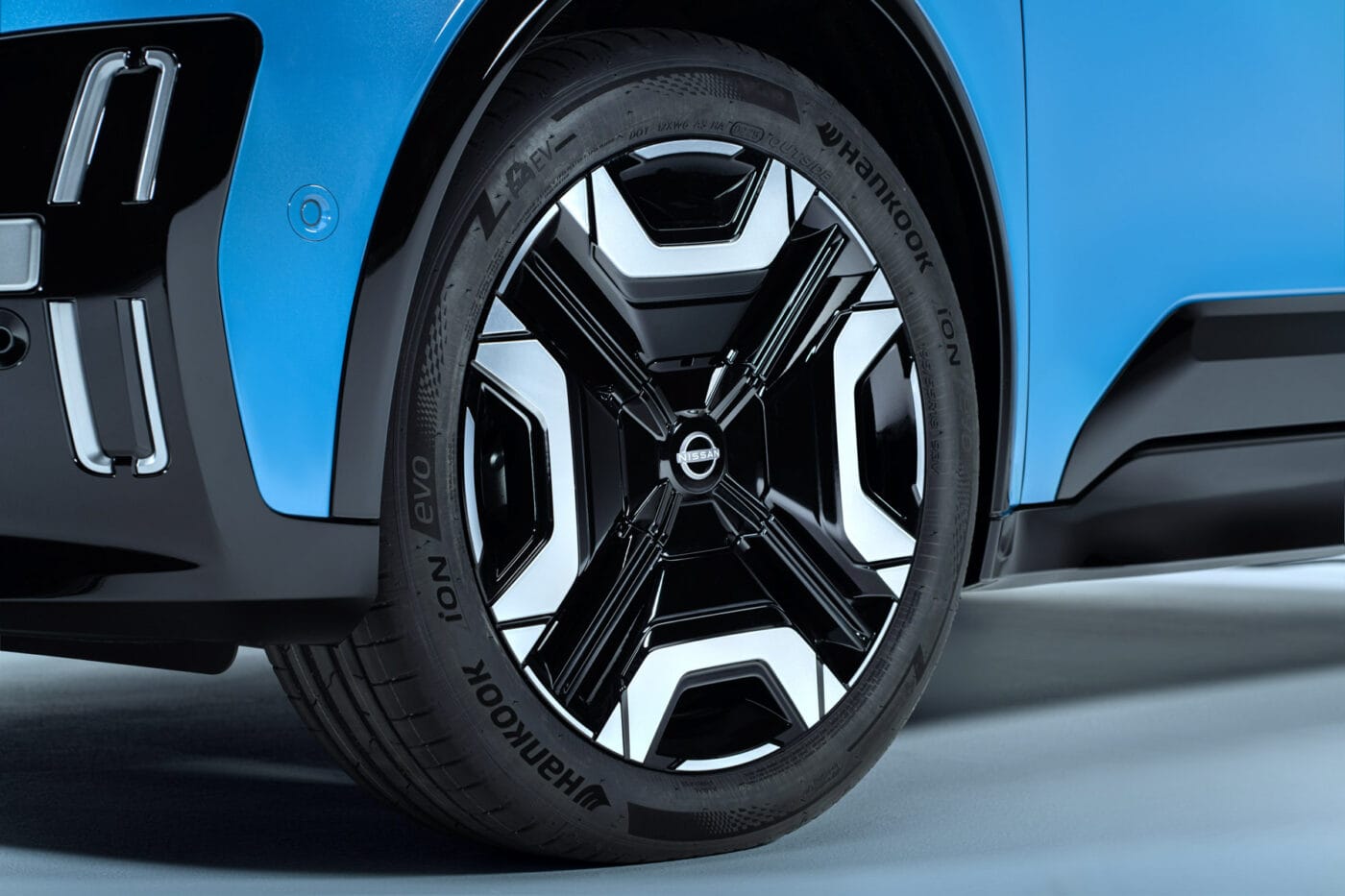
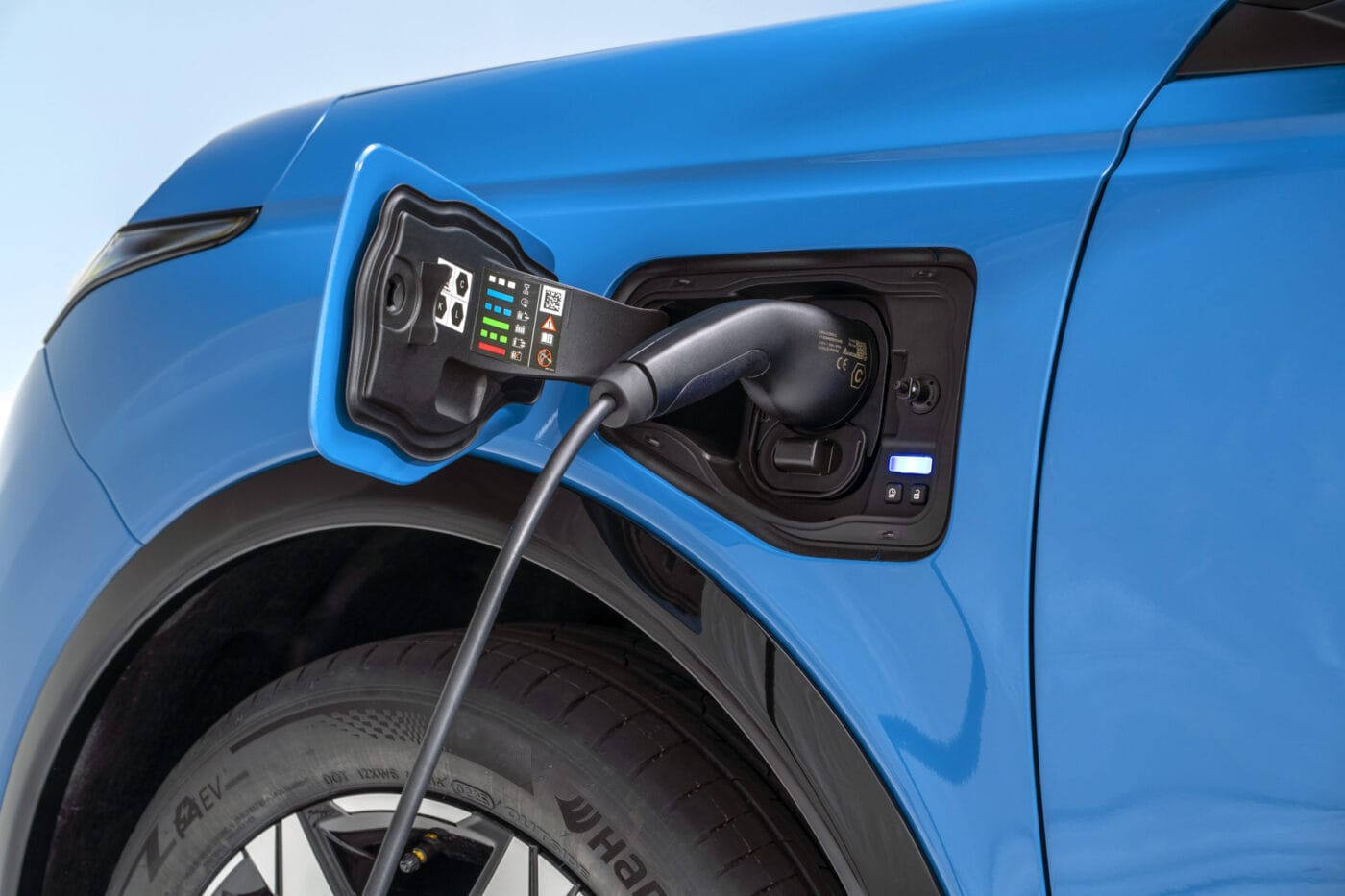
Arnaud Charpentier, Vice President Marketing & Mobility for the AMIEO region at Nissan (Africa, Middle East, India, Europe, Oceania), did not want to explicitly rule out other drive variants like the sister model, but said it was “too early” to talk about a basic engine or a Micra Nismo in the style of the Alpine A290. Charpentier only made one thing clear at the première of the Micra: Nissan is not working on an SUV offshoot based on the Renault 4 E-Tech Electric; it will stick with an electric model in the B-segment – the new Micra.
With the technology of the AmpR Small under the hood, there are no surprises when it comes to the charging options either: with up to 80 kW (small battery) or 100 kW (large battery), the Micra can recharge from 15 to 80 per cent in around 30 minutes, with both variants having battery heating and cooling as well as a heat pump on board ex works. AC charging takes place via the 11 kW onboard charger, which also supports bidirectional charging. For the time being, however, Nissan is only announcing a vehicle-to-load (V2L) function, which can be used to operate electrical devices with electricity from the traction battery. Vehicle-to-Home (V2H) or Vehicle-to-Grid (V2G) are not yet on the agenda.
But how is the Micra supposed to stand out from the Renault 5 if there are no major differences in terms of technology? For Charpentier, this is primarily a question of design. “This was a double challenge for our designers,” he said. “On the one hand, we wanted to stay away from the retro-pop charm of the Renault, and on the other, we wanted it to be a modern Nissan that is immediately recognisable as a Micra. It was very important for us to have our own light signature.”
The designers found inspiration in-house, namely in the Micra generation number three, the K12, which was sold between 2003 and 2010. Like its role model, the new Micra also has oval and slightly protruding headlights at the front, which in 2025 are emphasised above all by the LED daytime running lights. When unlocked, the headlights and daytime running lights play a special ‘Welcome Light’ animation, which, according to Charpentier, should not only be useful for finding the car in a large car park, for example, but should also show the car’s technology to the outside world – in other words, what sophisticated headlights are now installed in a small car.
| Micra 40 kWh | Micra 52 kWh | |
|---|---|---|
| Drive | FWD | FWD |
| Power | 90 kW | 110 kW |
| Torque | 225 Nm | 245 Nm |
| Acceleration | 9.0 s | 8.0 s |
| Top speed | 150 kph | 150 kph |
| WLTP range | 310 km | 408 km |
| Battery capacity | 40 kWh | 52 kWh |
| Charge capacity DC | 80 kW | 100 kW |
| Charging time DC 15-80% | 30 min | 30 min |
| Price | – | – |
Overall, the Micra, designed in Nissan’s European design centre in London, stands out from the angular Renault 5 with its rather rounded shapes – in fact, the close relationship between the two models is hardly noticeable. This is also ensured by the slightly higher and steeper front end of the Nissan, which gives the new Micra an almost SUV-like appearance, for example, with the standard 18-inch rims (unusually large in this segment) and the pronounced wheel arches. “In designing the sixth generation of the All-New MICRA, we’ve celebrated all of the values that have historically made it so popular – and opened a new chapter for MICRA as an EV,” says Giovanny Arroba, Vice President of Nissan Design Europe.
While the Micra has a playful exterior design, the interior has been kept simple and elegant. A 10.1-inch cockpit display is installed behind the three-spoke steering wheel, with a seven-inch or 10.1-inch touchscreen in the centre, depending on the trim level. The Japanese company describes the infotainment software as ‘NissanConnect with Google built-in’ – the version of Google Maps familiar from other vehicles is used for navigation and the EV route planner, Google Assistant is used for voice control (not only for vehicle functions, but also for questions such as the weather forecast) and the Google Play Store for other apps is also offered in the Micra.
The system is expanded to include the MyNissan app on the customer’s smartphone, which can be used to control the air conditioning, for example, but a ‘Battery Manager’ is also integrated into the app. “For many electric newcomers, finding their way around the charging ecosystem is a major challenge. With our MyNissan app, we provide all the features to make driving and charging an electric car as easy as possible,” said Arnaud Charpentier.
With a length of 3.97 metres (four centimetres more than the Renault 5), driving and parking in the city should also be easy. The width of 1.77 metres should also help. At the same time, the wheelbase of 2.54 metres (exactly the same as the Renault) is relatively long for the vehicle size, which according to Nissan should provide three advantages: “It guarantees more space in the interior, while at the same time ensuring more dynamic road holding and an optimum mix of agility and stability.” To emphasise the space in the interior, the trunk has a capacity of 326 litres and can be extended to 1,106 litres with the rear seat backrests folded down.
Unlike previous generations, the new Micra will only be available as a five-door model – and, as mentioned, only as an all-electric model. E-power hybrids with a view to the demand in southern Europe for decidedly affordable small cars are not being planned – and are not even possible with the AmpR Small, as Charpentier explains. “We want the price to be so attractive that it is also attractive in Southern Europe,” he said, but without naming the prices for the new Micra. These will only be communicated later in the year.

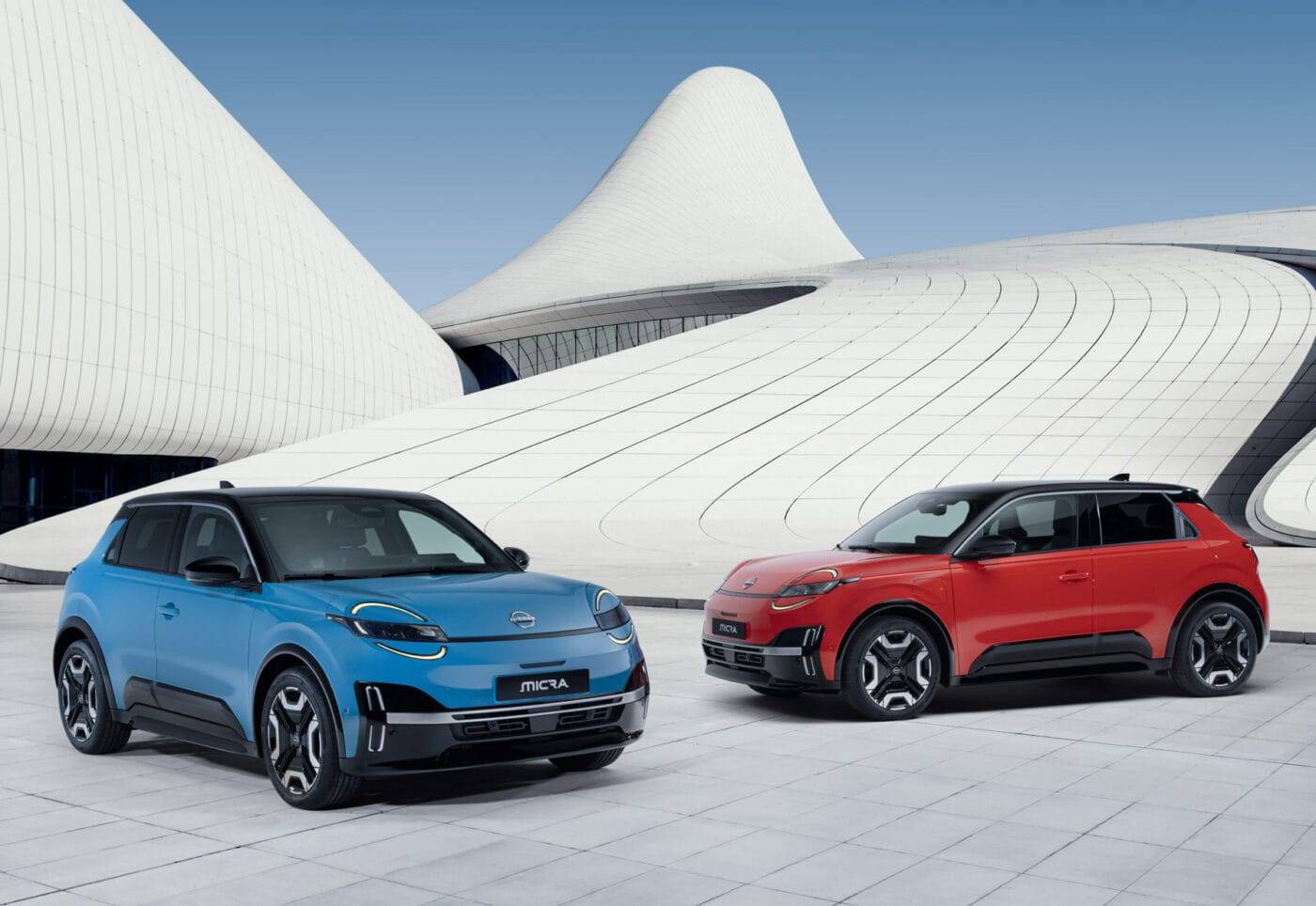
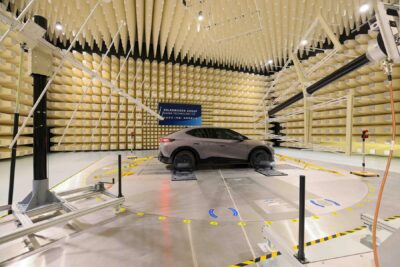

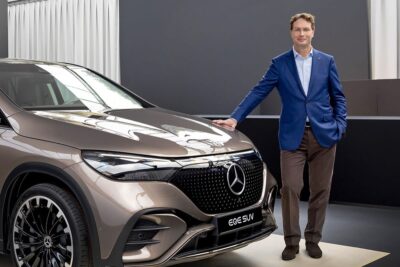
0 Comments